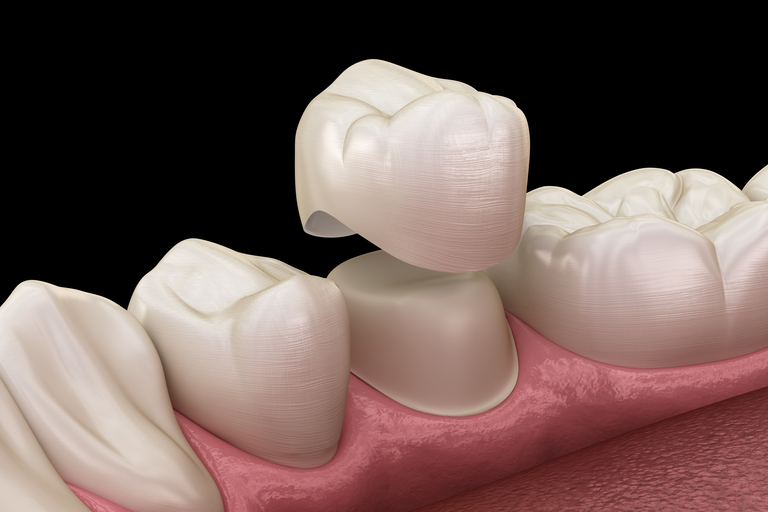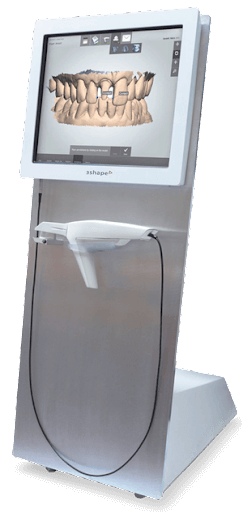Often, when we discuss restorative dentistry, metal crowns come to mind. They play a crucial role, from durability to aesthetics. The use of these dental products has evolved, opening new vistas in dental healthcare.
At Next Dental Lab, we recognize the importance of quality and cost-effectiveness. We provide non-precious PFM dental solutions, radically challenging the status quo. Our non-precious PFM crowns blend strength and affordability, transforming patient experiences.
Beyond the basics, we venture into the domain of noble & high-noble crowns. We understand these dental products aren’t just about utility. They also represent status and personal taste. By offering these crowns, we serve the various strata of our clientele.
Resilience to Wear and Corrosion

The primary strength of metal crowns lies in their remarkable resistance to wear. Made typically from gold, palladium, or a base-metal alloy, these crowns can endure decades of biting and chewing without cracking or breaking. They are incredibly suited for restoring molars that endure the brunt of grinding and help to maintain bite strength over long periods.
Metal crowns also resist corrosion. The materials used do not rust or tarnish, which means that the structure beneath the crown is well-protected against decay and damage. Their enduring nature often means that a patient’s investment stands the test of time, potentially saving money on future dental work.
Impact on Surrounding Teeth
Though strong, metal crowns can be tough on the neighboring teeth. When chewing, the hardness of the metal can wear down the opposing natural teeth more so than softer crown materials. Dentists must consider this, particularly when working with patients who have most of their natural teeth intact.
Notably, the mismatch with natural tooth color is another point of concern with metal crowns. While the color may be acceptable for hidden molars, for more visible teeth, patients often prefer a material that matches their natural enamel, leading dentists to consider alternative crown materials for front-of-mouth restorations.
Heat and Cold Conductivity
Metal crowns exhibit high thermal conductivity. This can become a problem for patients who are sensitive to temperature changes. Consuming hot or cold foods can transfer these extreme temperatures to the tooth roots quickly, causing discomfort.
However, it’s worth acknowledging that once settled, metal crown-treated teeth usually adapt, and temperature sensitivity tends to diminish over time. A dentist’s expertise in fitting the crown properly can help minimize this issue from the beginning.
Complexity of the Procedure
Placing metal crowns is a process well-established in dental practice. The straightforward nature of the procedure and the ease of shaping the metals make for a less complicated placement. Often, less tooth structure needs to be removed when preparing for a metal crown as opposed to porcelain or ceramic options.
While the process may be less complex, the aesthetic outcome of metal crowns holds significant weight in a patient’s choice. Those concerned with a natural look might require more complex alternatives, implying a need for dentists to offer comprehensive options and guide patients to an informed decision.
Elevate Your Dental Experience with Next Dental Lab
Next Dental Lab is your partner for optimal dental health. Embrace a game-changing experience with us. Quality, affordability, and diversity are at the heart of our full-service dental lab. Reach out to us and redefine your dental journey.

